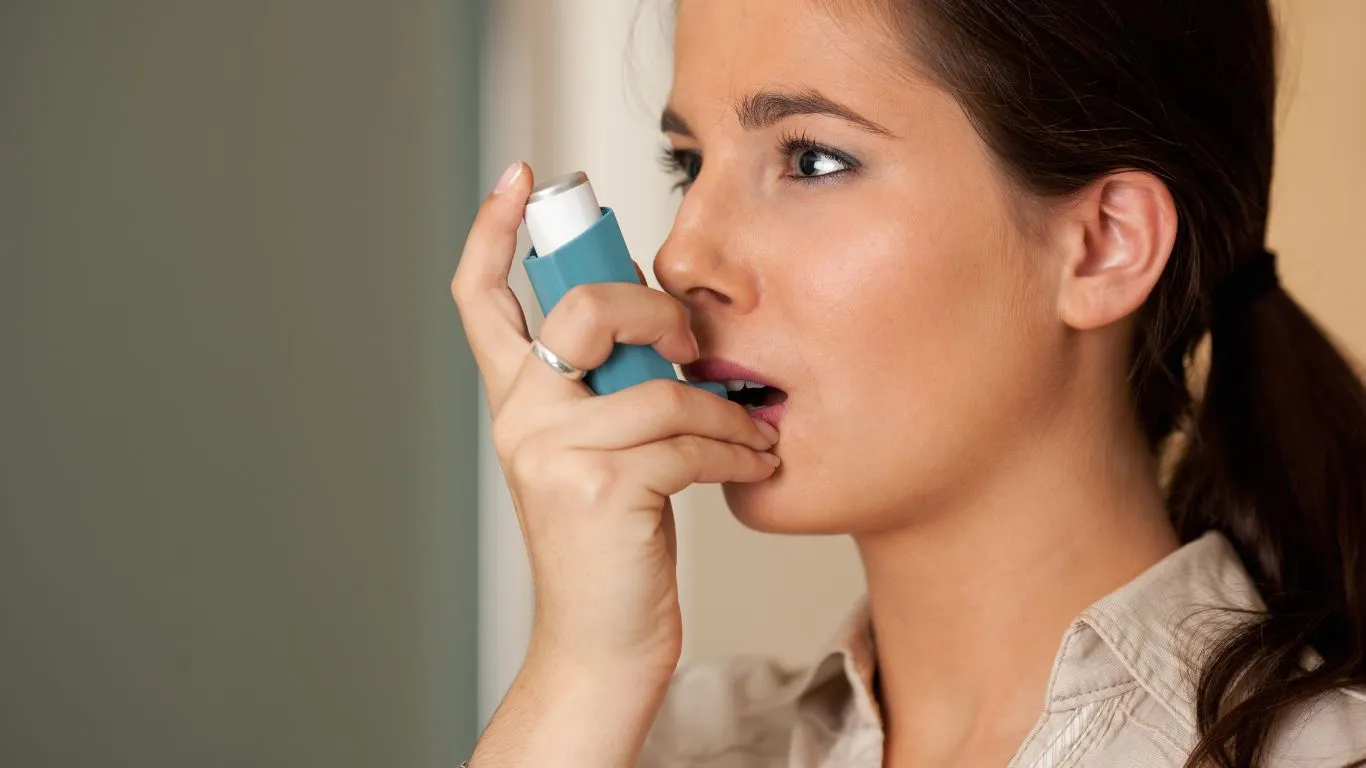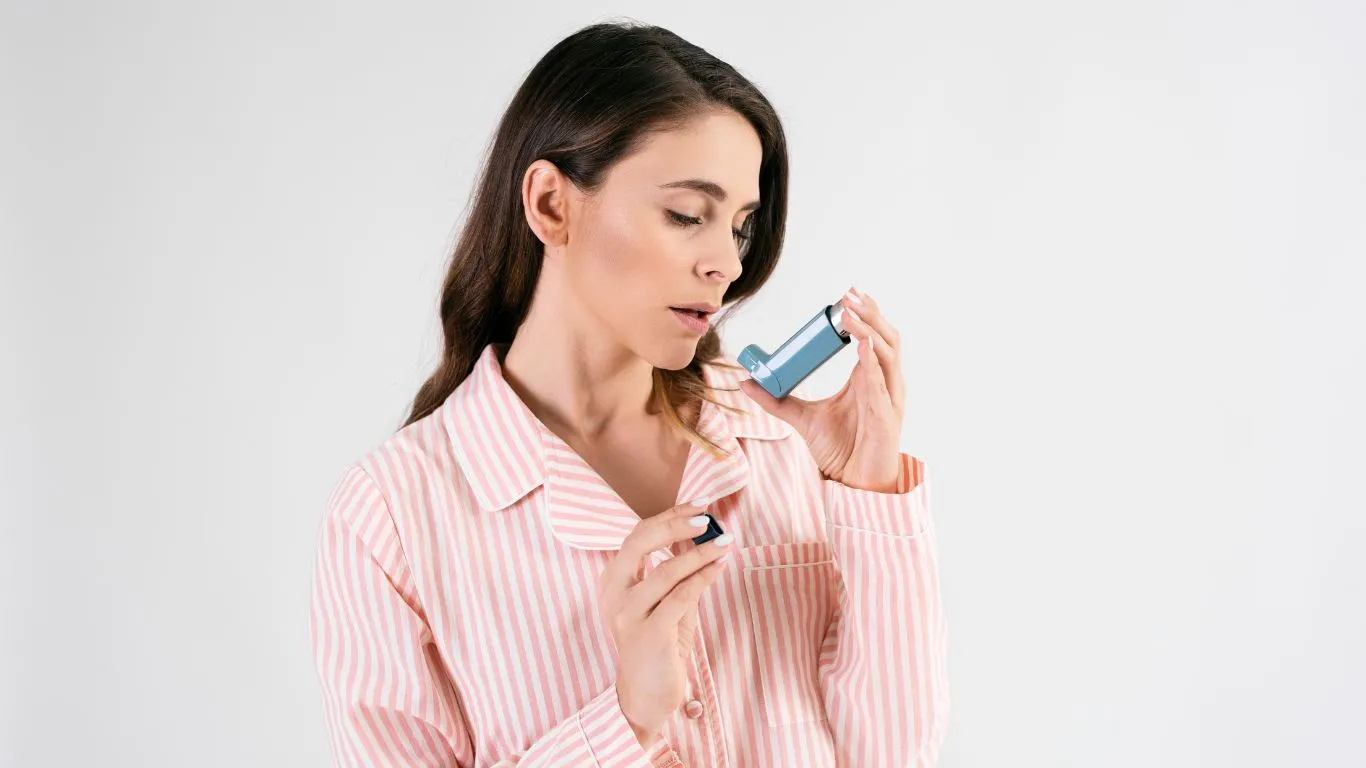Choosing Asthma-Friendly Pillows: The Ultimate Guide to Better Sleep for Asthma Sufferers
html
Do you or someone you know suffer from asthma and find it hard to get a good night’s sleep? One overlooked factor could be the type of pillow you’re using. Certain pillows can trigger asthma symptoms, leading to sleepless nights and discomfort. But don’t worry! In this article, we’ll walk you through everything you need to know about choosing the perfect asthma-friendly pillow for better sleep.
If you have asthma, you’re probably already aware of how your environment can affect your breathing. Dust, pet dander, and allergens can trigger asthma attacks, and your pillow might just be a hidden culprit. A pillow that traps dust mites, contains synthetic materials, or doesn’t provide the right support can make it harder to breathe at night. But choosing the right pillow can help you breathe easier, reduce nighttime asthma flare-ups, and ultimately improve your sleep quality.

Why Pillows Matter for Asthma Sufferers
When you sleep, your body is in a relaxed state, and your breathing can become more shallow. For people with asthma, this can be a particularly sensitive time since your airways are more prone to inflammation. A pillow that triggers asthma can make things worse by trapping allergens like dust mites, mold, or pet dander, causing your airways to constrict and leading to asthma symptoms such as coughing, wheezing, or shortness of breath.
So, what’s the solution? The key is to choose a pillow that helps limit exposure to these triggers, allows for proper airflow, and promotes restful sleep. Here are some important factors to consider when selecting an asthma-friendly pillow.

Key Features of Asthma-Friendly Pillows
1. Hypoallergenic Materials
Hypoallergenic pillows are specifically designed to minimize allergens. They are made from materials that resist dust mites, mold, and other potential asthma triggers. Some common hypoallergenic pillow fillings include:
- Memory Foam: This material is great because it’s dense and resistant to dust mites. It’s also mold-resistant, which is a plus for asthma sufferers.
- Latex: Natural latex is another excellent hypoallergenic option. It’s resistant to dust mites, mold, and mildew, making it a great choice for those with asthma or allergies.
- Microfiber: This synthetic alternative is another good hypoallergenic option. It’s tightly woven, which helps prevent allergens from getting trapped inside.
2. Washable Pillowcases
Having a pillow with a removable and washable cover is crucial in managing asthma. Washing pillowcases regularly will help remove dust mites, bacteria, and other allergens that accumulate over time. Look for pillowcases made from tightly woven fabrics like cotton or polyester, as these can help prevent allergens from getting inside.
3. Dust Mite and Allergen Barriers
Some pillows come with special allergen-proof covers. These covers are made of materials that prevent dust mites and other allergens from getting inside the pillow. If you have asthma, an allergen-proof cover is a great option, especially if you’re sensitive to dust or pet dander.
4. Supportive Yet Breathable Design
Pillows that are too firm or too soft can impact your sleep quality. An asthma-friendly pillow should offer enough support to keep your neck and head aligned but also allow for airflow. Materials like memory foam, latex, or even buckwheat hulls provide a supportive structure while still allowing some air circulation.
Best Asthma-Friendly Pillow Options
1. Tempur-Pedic TEMPUR Cloud Pillow
Tempur-Pedic pillows are known for their memory foam that conforms to the shape of your head and neck. The TEMPUR Cloud Pillow is hypoallergenic and resistant to dust mites, making it a great option for asthma sufferers. The pillow’s breathable design allows air to circulate, reducing the risk of allergens accumulating inside.
2. Coop Home Goods Eden Pillow
The Coop Home Goods Eden Pillow is an adjustable memory foam pillow that’s also hypoallergenic. It’s filled with a mix of memory foam and microfiber, making it breathable and dust mite-resistant. The pillow also comes with a washable cover, so you can easily keep it clean and free from allergens.
3. Saatva Latex Pillow
If you prefer a natural option, the Saatva Latex Pillow is made from organic latex, which is naturally resistant to dust mites and mold. It’s also breathable, so it helps regulate temperature, which is important for asthma sufferers who might have issues with overheating during sleep.
4. Beckham Hotel Collection Gel Pillow
For a budget-friendly option, the Beckham Hotel Collection Gel Pillow is a great choice. It’s made with gel-filled fiber that resists dust mites and allergens. The pillow is also soft and comfortable while providing enough support for your neck and head.
Other Tips for Asthma-Friendly Sleep
1. Keep Your Bedroom Clean
Dust mites thrive in cluttered, dusty environments. Make sure to clean your bedroom regularly, wash your bedding, and vacuum often. This will help reduce the allergens that could trigger your asthma.
2. Use an Air Purifier
Consider investing in a high-quality air purifier to remove dust, pollen, and other allergens from the air in your bedroom. This can help create a cleaner, more breathable environment for better sleep.
3. Control Humidity Levels
Mold and mildew thrive in humid environments, which can trigger asthma symptoms. Use a dehumidifier to maintain a balanced humidity level in your room and prevent mold growth.

Conclusion
When it comes to choosing asthma-friendly pillows, the goal is to find something that minimizes allergens and provides the support your body needs for a good night’s sleep. Hypoallergenic materials, washable pillowcases, and allergen-proof covers are all essential features to consider. By choosing the right pillow, you can improve your sleep quality and reduce the risk of asthma flare-ups.

Appendices
FAQs
- What is the best pillow material for asthma sufferers? Memory foam, latex, and microfiber are great choices because they are hypoallergenic and resist dust mites and mold.
- How often should I wash my pillowcase to avoid allergens? It’s recommended to wash your pillowcase at least once a week to keep allergens like dust mites and pet dander at bay.
- Can a pillow cause asthma attacks? Yes, pillows that trap dust mites, mold, or other allergens can trigger asthma symptoms, especially if they aren’t cleaned regularly.
- Are there pillows specifically designed for people with allergies? Yes, many pillows are designed with hypoallergenic materials and come with allergen-proof covers to protect against dust mites, mold, and pet dander.
- Can I use a regular pillow if I have asthma? While you can use a regular pillow, it’s better to choose a hypoallergenic or asthma-friendly pillow to reduce your asthma symptoms at night.
Disclaimer: This article is for informational purposes only. It is not a substitute for professional medical advice, diagnosis, or treatment. Always seek the advice of your physician or other qualified health provider with any questions you may have regarding a medical condition.

Bianca Nala is a skilled writer with a deep focus on respiratory disorders. Her articles on Healthusias.com reflect her expertise, providing readers with reliable and engaging insights into respiratory health.






